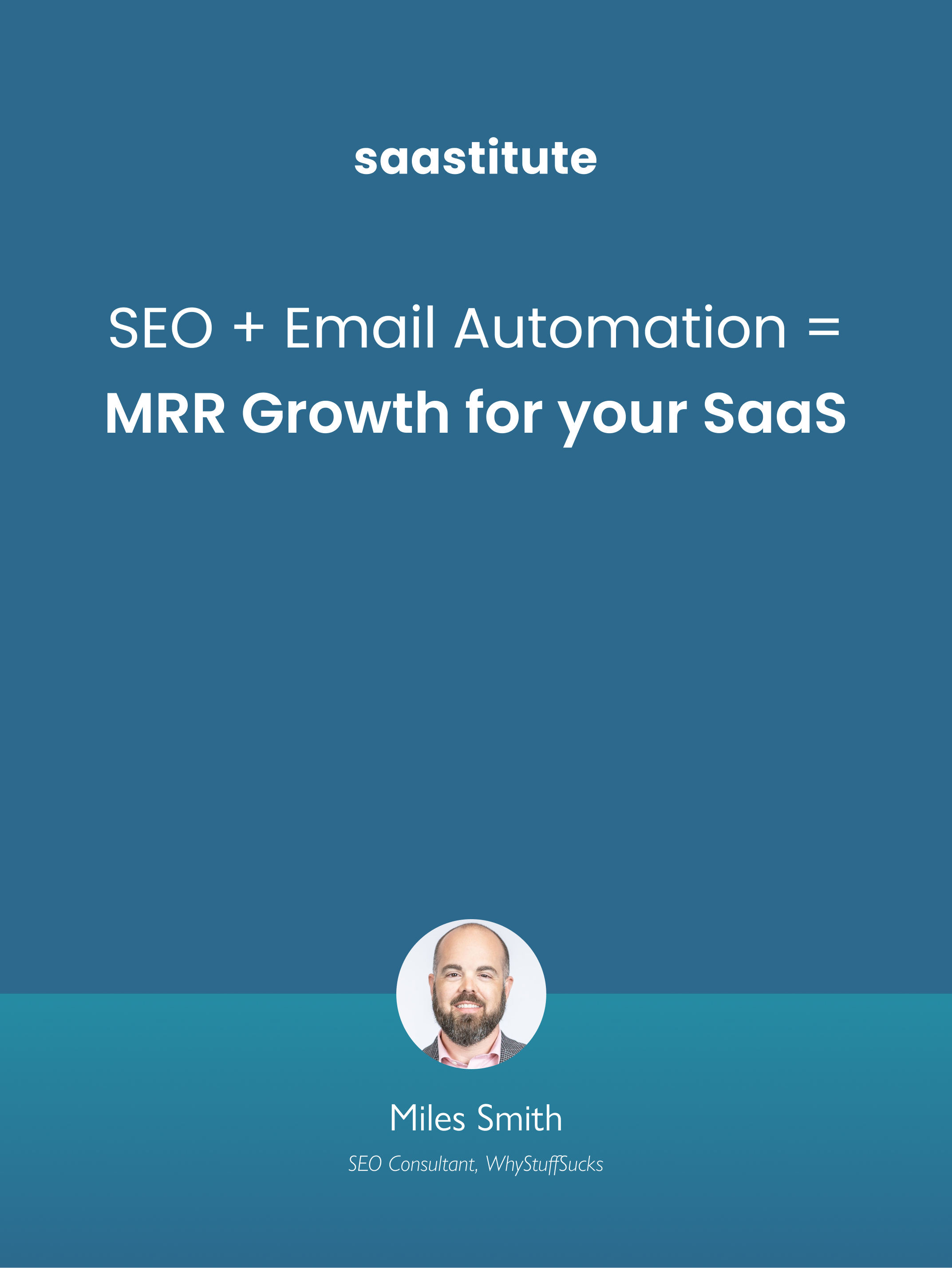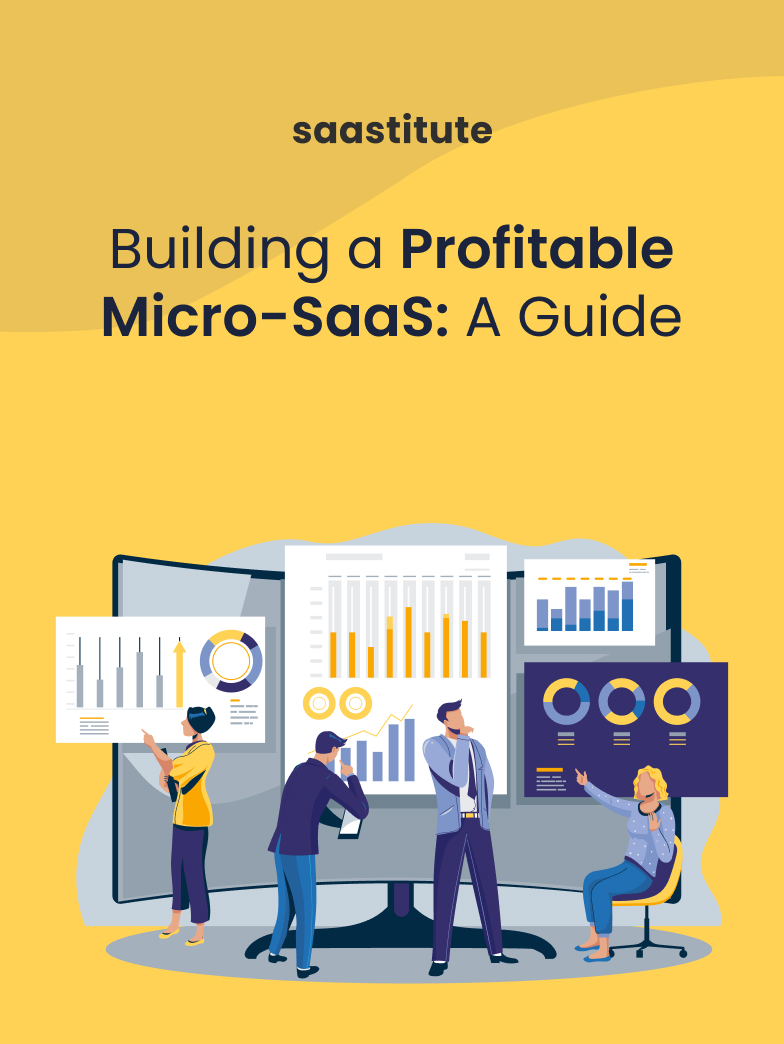How to Build an Effective PR Strategy
Read how the concept of Relativity & Oxytocin can help you improve your PR strategy

Look, mom, we have become goldfish!
That's a goldfish - notorious for its short attention span of 9 seconds. If that's surprising, you should know that Millennials are almost there at a quick 12 seconds, and the average attention span for Gen Z stands at a mere eight seconds; that's nearly 50% of the world's inhabitants struggling to focus on a topic for more than 10 seconds.

At the same time, the daily time spent with internet per capita worldwide is at an average of 3 hours daily, going up to as much as 10 hours in tier-1 digital countries. You can do the math to estimate how many times consumers switch context from one topic to another in one day, but what's worth pondering is how much Brands would be struggling with their content & PR distribution strategies in such a scenario.
Reaching out to the right audience is difficult - be it an initiative to acquire more customers or simply engage the existing ones, it's getting increasingly difficult for both brands and customers to filter out signals from noise. Unlike a couple of years back, where brands could roll out a handful of once-a-month blanket strategies, each one an above-the-line campaign, making oneself visible to the community is not an easy task anymore. Within the cross-device, cross-channel and cross-brand ecosystem, customers are gliding through the myriad of experiences every day, and in that scenario, making them pause and look at your offerings and expecting them to share it across can not be done on a blanket basis - in fact not even using a segment-based strategy, which is the de facto approach in the industry today.
So, what's to learn?
We have spent the past couple of months interviewing hundreds of brands, journalists and publishers, asking them how they manage to deal with this noise and manage to get things done. We have identified a series of exciting patterns. At a broad level, the learnings revolve around four key ideas -
General relativity beats Quantum mechanics hands down in the PR battlefield.

The title of this section is debatable and confusing, but let me take a shot at explaining it. In quantum mechanics, every element can be broken down into discrete, more minor components - e.g. this screen to atom, atom to electrons and so on until we reach plank's dimension. However, in general relativity, the details and their smaller subsets are continuous, and events move in a continuum. General relativity requires spacetime to be smooth or straight. Every event and point can be identified no matter how small you go. Quantum mechanics, on the other hand, is all about Quantization and discreteness. Traditionally, brands and PR professionals have taken a very discrete approach to run their campaigns - launching an initiative only when an event occurs (e.g. new releases, acquisitions, fundraising etc.). Even though this yields more determinism in reconciling the effects of these initiatives, the impressions are not effective enough to engage the customers. Hiring in a continuum not only ensures consistent images and more certainty of reaching the right audience, but if done well, they can also help narrate a seamless story of the brand (more under point 4)
Creating more straightforward value props and messaging with micro-communities (thinking customer segment of 100, if not 10)
Product companies such as Netflix & Amazon understand that every individual has different preferences - I love watching thriller TV series. In contrast, everyone else in my team at Glyph would happily grab popcorn for a comedy show. Of course, product companies have the upper hand by having access to an individual's visits, purchases, browsing behaviour, and that can't be discounted, but what emerged as a common theme in all our interviews was how the better brands are trying to look at their customers across the dimensions of value proposition, their expectations, their wants etc. Using multiple measurements to cut their segments can create very simple value props tailored to each community, allowing them to build and scale micro-communities, each community with a single and specific north star.
Concerning engaging within each micro-community, building an influence strategy is exceptionally vital. A good network effect that includes famous people - public figures and local celebrities could be a huge win. In the modern world, such micro-influencers can also be a powerful way to grow a company's presence online. More often than not, especially in today's digital placements, people tend to trust the opinion of famous people more than the publicly expressed ideas of any company or brand. Influencers, by definition, have built an audience around their interests. Therefore, you can know what that audience is looking for (no need for second-guessing/testing) and tap into it with your messaging more securely and directly.
With the advent of influencer-driven narratives, there is also a growing tendency in customers to avoid following big and faceless organisations - they would instead prefer to be a part of a micro-community where they can mutually share ideas and experience to be left wandering in a noisy ecosystem where they can't share their opinion. As a customer, you are more likely to trust the view of your frequented hairdresser than that of a TV ad. The power of word of mouth marketing cannot be understated, and nothing better than doing that in a group where you know what excites your customers.
Experimentation over assumption - why the second-order theory of mind is risky
Public relations have a powerful art-heavy origin; Brands would research and derive what customers think about them. Unfortunately, in many cases, the study may not have a fair bit of representation or biases in brands that percolate into their PR activities. We have all seen and heard stories of PR failures where the brands operated via the perspective of "we think this would be good". This strategy is not unseen in the general public and even startups - the majority of them tend to build a product because "they think others would need it". Such a second-order theory of mind, where we expect others to expect in a particular manner, is very common, and in a lot of cases, is backed by false belief leading to poor PR outcomes. To avoid these higher-order biases, it is essential to have access to a platform that allows continuous (we're again talking about quantum mechanics, are we?) listening and responding on social and other channels. The ability to listen to consumer voices all the time, be able to manage trends, drill them down to specific geographies, socio-demographics and other aspects and quickly respond and ride over those trends is a utility that's almost mandatory for brands today.
Stories over everything else - remember how did kids grow up.
Everyone loves a good story. When we hear a story that resonates with us, our levels of oxytocin increase, boosting our feelings of trust, togetherness and empathy. A group of neuroscientists at Princeton University found that when we listen to a beautiful narrative, the sensory evocations and the areas where they are felt are the same as those observed in the brain of the storyteller. Quite impressive, isn't it? Many more studies and tales support why stories have a unique ability to build connections - brands that have managed to do this well and tap into the power of storytelling have seen tremendous success in building a base of engaged fans. Just look at Airbnb, Minnetonka, Nike, Chobani - remember their ads, their media releases, and everything they do on social? Everything they do has so much coherence with what they have done in the past, their values, and what they hold for their customers in the future. Just doing more media releases and getting 100s of influencers is not enough - it is essential that all the dots over time can be stitched into something beautiful. A well-narrated story.
What hasn't changed in the past 100 years?
Even though Public relations has many definitions propounded and applied in the industry, Edward Bernays, one of the pioneers of PR, stated that "The three main elements of public relations are practically as old as society: informing people, persuading people, and integrating people with people." No matter how many decades it has been since PR first came into action, the fundamentals haven't changed much. It's just that while back in the 1900s, a mass PR approach would have done its job, PR today has to be way more granular and accelerated than we see it happening.
Brands have to work towards individualisation, using each PR initiative to build a part of their overall story and make sure that they listen to their users and act enough to tell them that they are listening to them.
At Glyph, we haven't forgotten Bernays' words, and we also ensure brands can do all that the best-in-world suggests they should do. From having very tactical utilities of searching through the largest database of journalists to more strategic ones including automation not to waste time doing chores, collaborating with everyone in their ecosystem, and listening and responding 24x7 to their communities -there is a reason we are the preferred PR platform for big brands.
Micro-community where they can mutually share ideas and experience to be left wandering in a noisy ecosystem where they can’t share their opinion. As a customer, you are more likely to trust the opinion of your frequented hairdresser, than that of a TV ad. The power of word of mouth marketing cannot be understated, and nothing better than doing that in a group where you know what exactly excites your customers.














.svg)


